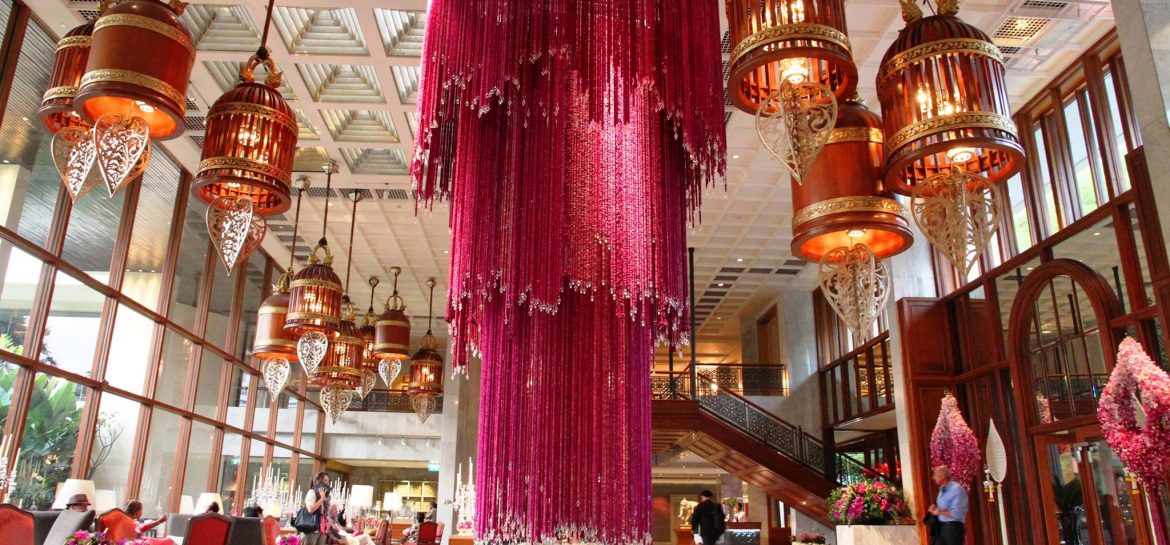
Contributed by reporter and influencer Jens Hoffmann
The Lobby at Mandarin Oriental, BKK is like a puzzle.
The heart of the hotel, is a destination in itself.
The Lobby has played host to royal guests and international visitors – their favourite spot to see and be seen.
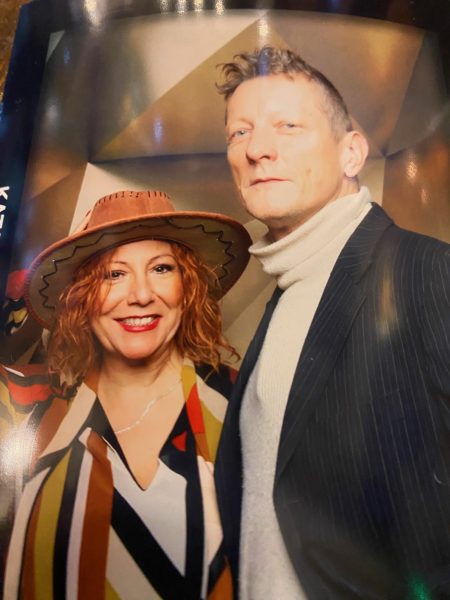
Somerset Maugham used his hotel room as a hospital when he came down with malaria.
John Le Carré wrote much of “The Honourable Schoolboy” in one of the suites.
And Noël Coward would spend hours gazing down at the Chao Phraya, delighting in the river’s varied comings and goings, in particular those of one agile old lady who did a little skip as she punted her craft against the current.
Naturally, there have been some changes in the intervening years, but the River Wing’s 259 rooms and 42 suites would enthrall any guest, whatever their literary prowess.
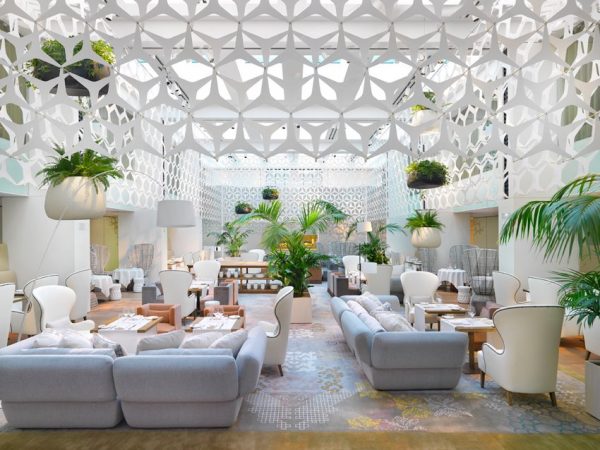
The Oriental opened in 1876 as a seamen hostel built on crown land. Later on it became Thailand’s first luxury hotel, and its royal associations continue to this day. The Garden and Authors’ Wings were spruced upand the finishing touches are being applied to the River Wing at the end of a million renovation.
Jeffrey Wilkes – who’s tackled various other Mandarin Orientals, including Hong Kong and Tokyo – masterminded the design, which also included remodelling and opening out three restaurants (Lord Jim’s, The Verandah and Riverside Terrace). The lobby is much brighter now that the outsize bell-like teak light fittings have been augmented by the addition of four similarly shaped chandeliers, and the two swimming pools revel in a vista of the river that seems almost like a mirage. While part of the hotel’s attraction is its long and rich history, it derives much of its character from its location, in earshot of the ferries’ throaty engines and their coxswains’ eldritch whistles, and with a grandstand view of the constantly changing cavalcade of other vessels.
Start with the balcony: roomy enough to include a daybed and supplying a show-stopping view no matter which floor you’re staying on. Inside, the decor’s leitmotif is Thai but it’s not over-emphatic: hammered brass sculptures, teak flooring and rich Jim Thompson fabrics (incidentally, he once owned The Oriental) are set off by crisp white wooden panelling and vast mirrors that play with the light flooding through the floor-to-ceiling windows. A roomy bath is bordered by marble floors and concave green wall tiles; there’s also a shower and tons of storage space. Mandarin’s own amenities come in natty aluminium bottles (plastic is viewed with pursed lips throughout the property). Technology makes a discreet appearance, and there’s a Japanese loo that obligingly raises its lid at the slightest indication of human approach. Genies, aka butlers, manifest themselves at the touch of a bedside button, though opening the minibar’s artisanal spirits (Chalong Bay white rum, Grandma Jinn’s gin) requires minimal assistance.
How about joy, style and food?
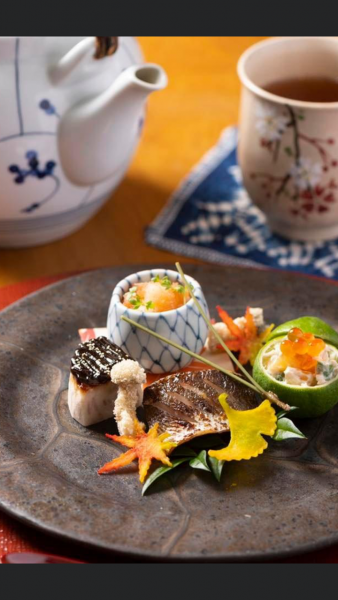
The best of Thai design fused with modern inspiration.
In a nutshell if you’re a Mandarin fan.
Take a look.
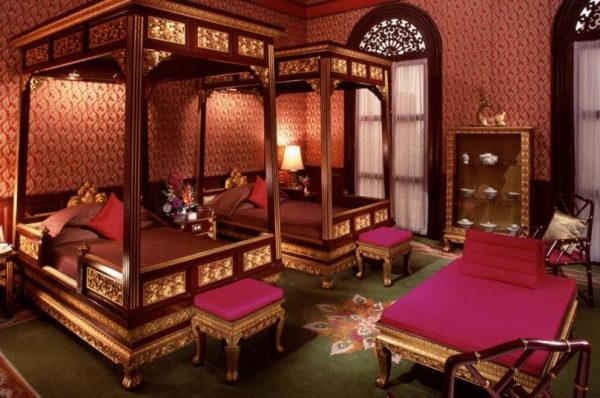
Of the 11 restaurants and bars. Le Normandie has two Michelin stars (one mouthful of the venison with pear and fennel should have been enough to convince the inspectors). The newest is Kinu – Kyoto-style cooking devised by chef Takagi Kazuo and given a delicate Thai twist. Set aside an hour or more for afternoon tea in The Authors’ Lounge. Breakfast by the river gets the day off to a strong start with fresh coconuts, mango and sticky rice and lightly spiced chicken and sides of ham to go with the hash browns and eggs.
The Oriental does much of the royal family’s catering, so the hotel is greatly favoured by hi-so Thais. Europeans and Americans are attracted by the historical aspects, as are a scattering of wealthy independent Chinese travellers, while the nearby creative district is a draw for the art crowd.
I love this hotel.



